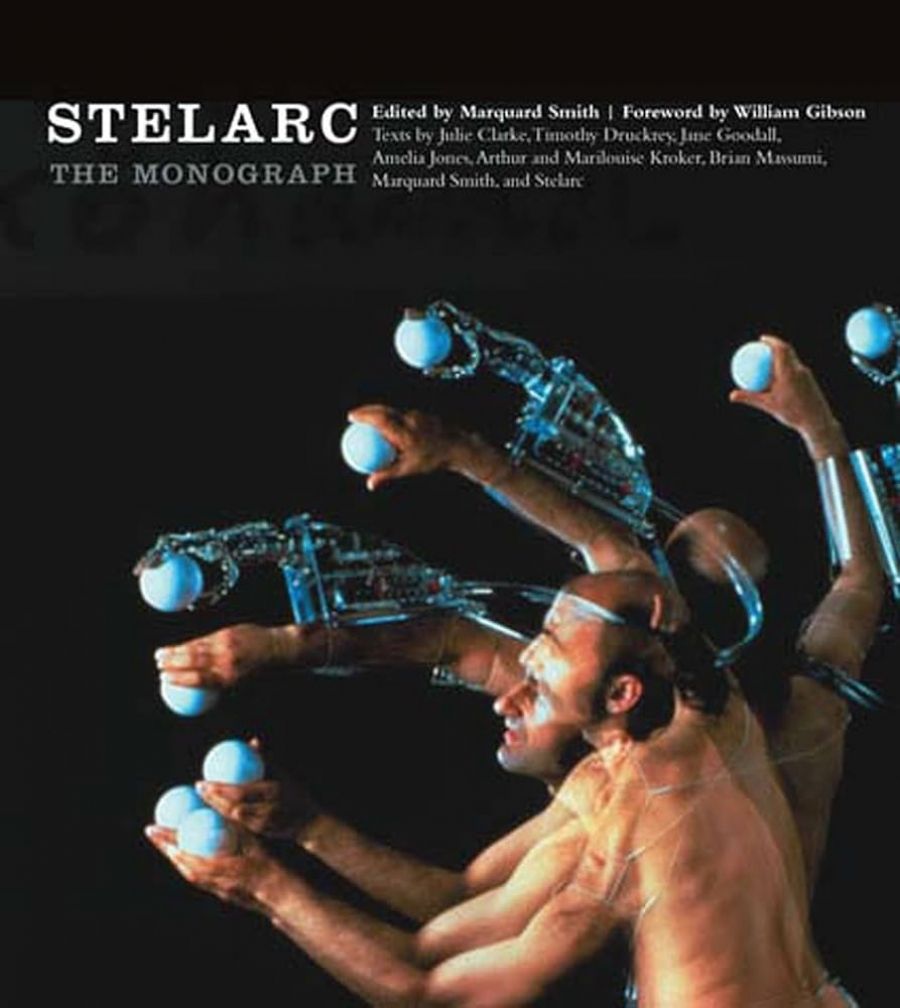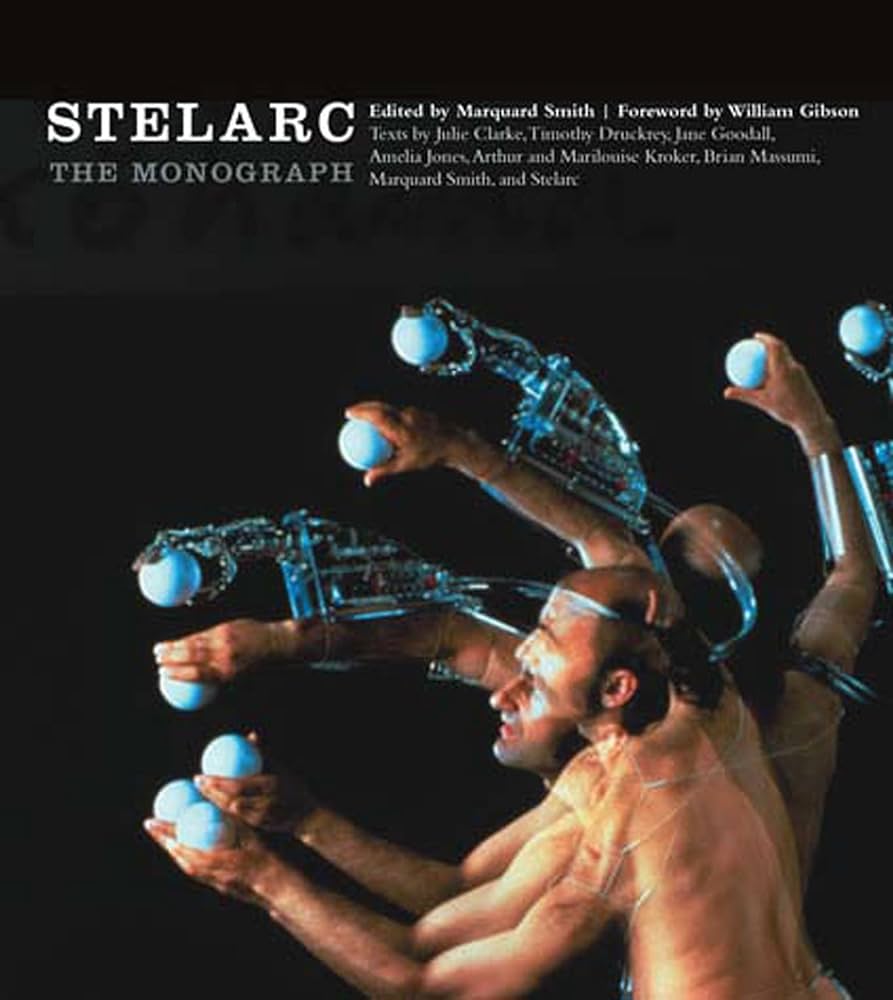
- Free Article: No
- Contents Category: Art
- Review Article: Yes
- Article Title: The problem of the present
- Online Only: No
- Custom Highlight Text: Copiously illustrated, though in black and white, multivocal yet with an emphatic philosophical tone, this MIT publication distinguishes itself as being at odds with much current Australian art publishing. Although visual arts audiences and readers in Australia constantly bemoan the lack of publishing in this field, Craftsman House and Thames & Hudson have actively taken up the mantle over the last two years, generating monographs on emerging and established artists (see Anthony Gardner’s review of the New Art Series on page 16). Certain state arts agencies have also channelled significant resources into commissioning substantial documents on local practitioners. Generally contextualised by one writer and lavishly illustrated in colour, such monographs are in contrast to this compilation of multiple voices and surprisingly monochrome record of the work of one of Australia’s best-known artists.
- Book 1 Title: Stelarc: The monograph
- Book 1 Biblio: MIT Press, $54.95 hb, 269 pp, 0262195186
- Book 1 Cover Small (400 x 600):

- Book 1 Cover (800 x 1200):

While it is disappointing that more than two decades of performative work in the visual arts (work that addresses the body) is depicted in good measure but without a skin tone to be seen, in its content Stelarc: The Monograph is attractive not just for readers in the visual arts. There is something for everyone, particularly if you enjoy the application of Deleuzian thought as a provocation tool to stimulate thinking about our understanding of the world.
Marquard Smith, the editor, fulfils her constructive promise to create a monograph that is not only a celebration of, and critical engagement with, an artist’s work but that will confirm ‘that work’s conditions of possibility’. This is achieved through the focused selection of contributors, predominantly well-published thinkers and writers who provide new or revised articles from the perspective of their established interests or frames of reference. Jane Goodall locates cultural implications for the extension of the self by analysing Stelarc’s projects against Darwinian notions of evolution. Timothy Druckrey takes the reader on an extended walk through reflections on the potential of ‘electrical modernity’ and its constantly shifting challenge to human subjectivity; and projects the possibilities of his media archaeology on Stelarc as he appears as a human–machine interface.
Stelarc’s work constantly evokes connections between mind and body, which the writers discuss variously in regard to Stelarc’s denial of any interest in the idea of a mind/body split or in the psyche, preferring to frame his work as aesthetic or as an investigation into augmenting the body through human–machine interactions or virtual–actual interfaces that expose the problematic nature of notions of intelligence, awareness, agency and embodiment. Taking a feminist perspective and admitting to her bodily response to Stelarc’s intrusions into his own flesh, Amelia Jones insistently counters Stelarc’s and his critics’ claims to an ability to evoke a rational, unemotional, immaterial and, hence, obsolete ‘hollow body’.
Utopian fantasies of domination, control or transcendence over body and mind decried by Jones prompt the response by the ‘futuristic’ Arthur and Marilouise Kroker. The potential for the monstrous, the erotic, the unethical and the unthinkable arising from Stelarc’s practice are concisely drawn together by Julie Clarke to converge in a notion of replication shared by cinematic precedents and scientific reality alike. A number of the central philosophical, psychoanalytic and social conditions brought to Stelarc’s practice by these writers are ultimately woven into an open-ended, well-crafted speculation from Brian Massumi on the potential and interconnectedness of the body, mind and machine, as stimulated by his perspective on the artist’s works over time.
By frequently quoting and referring to Stelarc’s statements, these individual writers, when read together, variously connect and disagree with each other and the artist, mobilising speculations across essays. Most writers take Stelarc’s own statements as provocations, liberally discussing them as rhetorical or refuting them so intently as to infer an artistic strategy of perversity. Concluding with Smith and Stelarc in conversation allows the artist’s voice, constantly rebuffed or written over by others, to have the final say.
Stelarc: The Monograph offers everything that is invaluable about the single-focus publication: a project history, the artist’s intentions and varied critical interpretations of a unique practice. Readers, like the writers, will be affected by Stelarc’s audacious projects and seek in them stimuli for thinking outside the everyday. Although each contributor argues for Stelarc’s contribution to the thinking of our possible futures, the artist concludes with a statement that conveys the temporal reality of his work: ‘The issue for the human is not in a future but in the problem of its present.’ This book is assured to attain longevity and to be a key reference on the artist’s work.


Comments powered by CComment